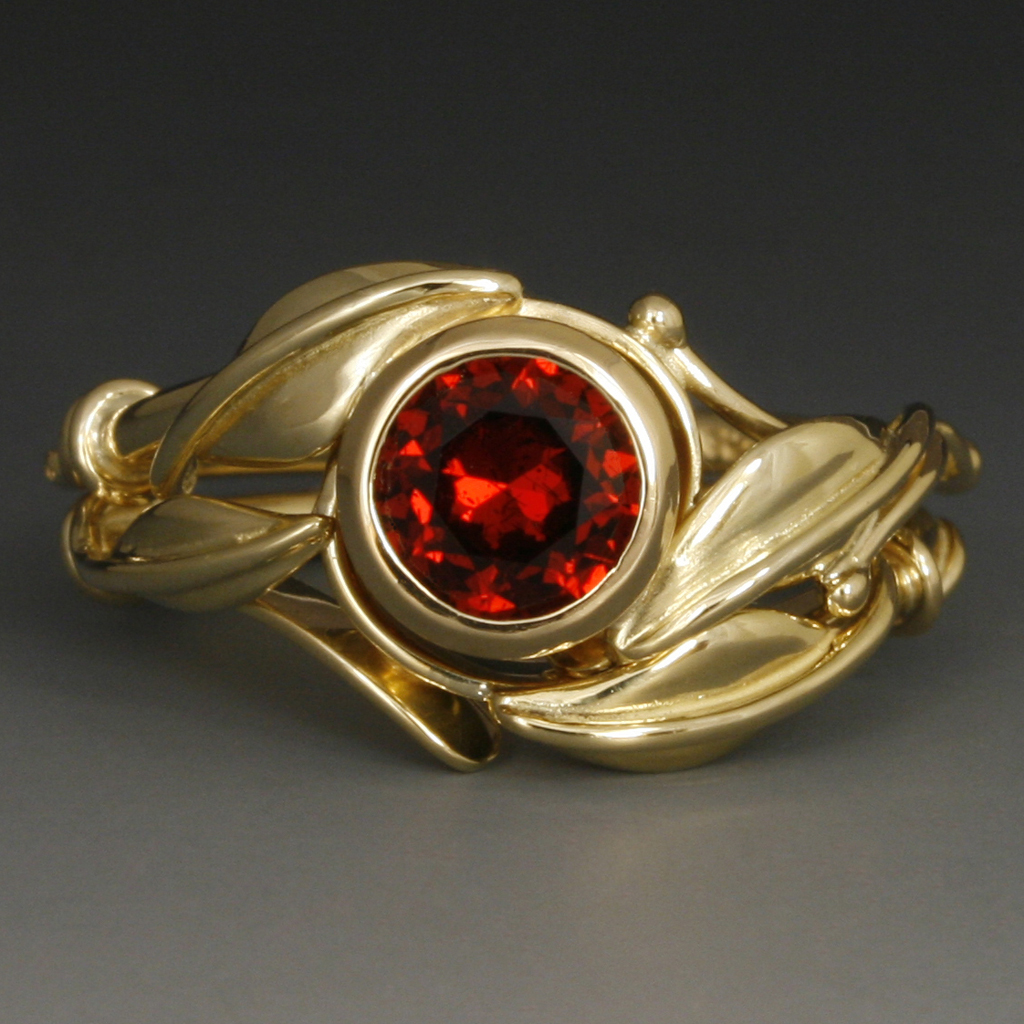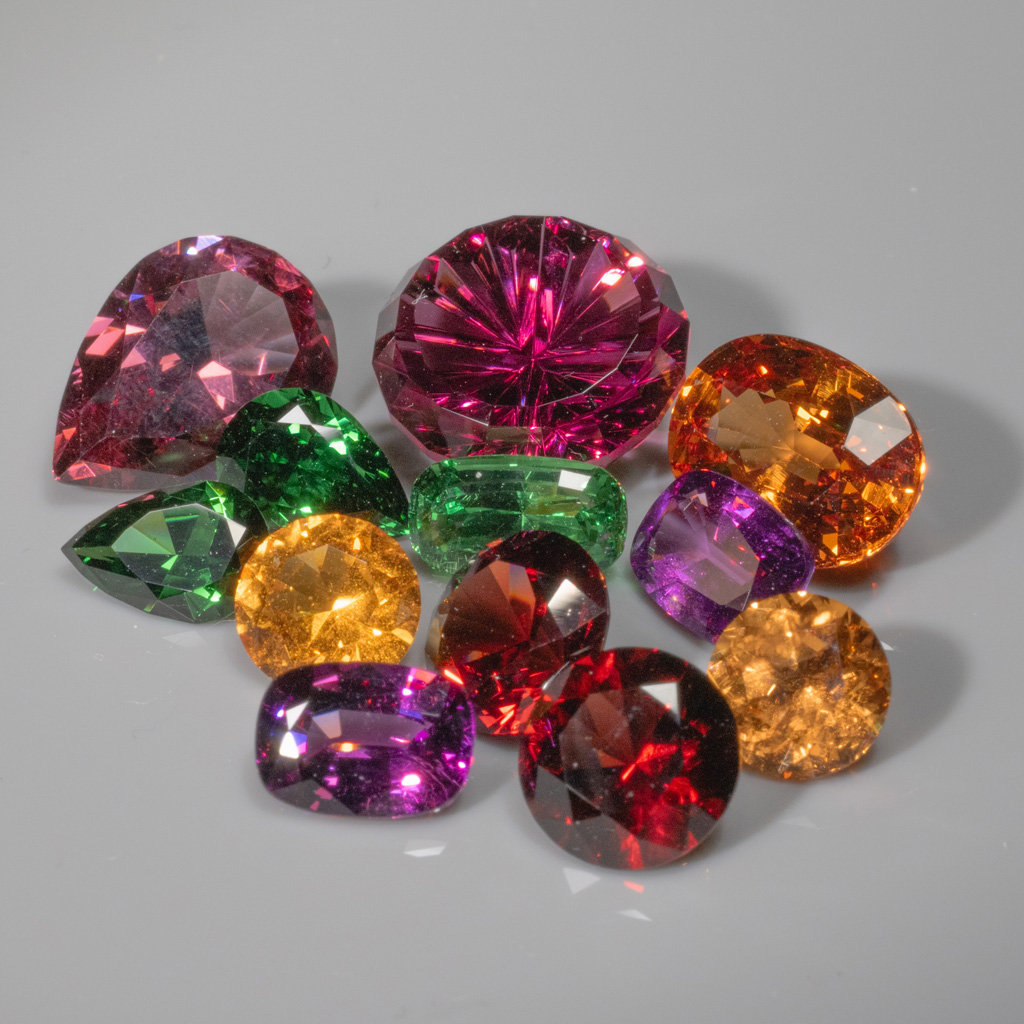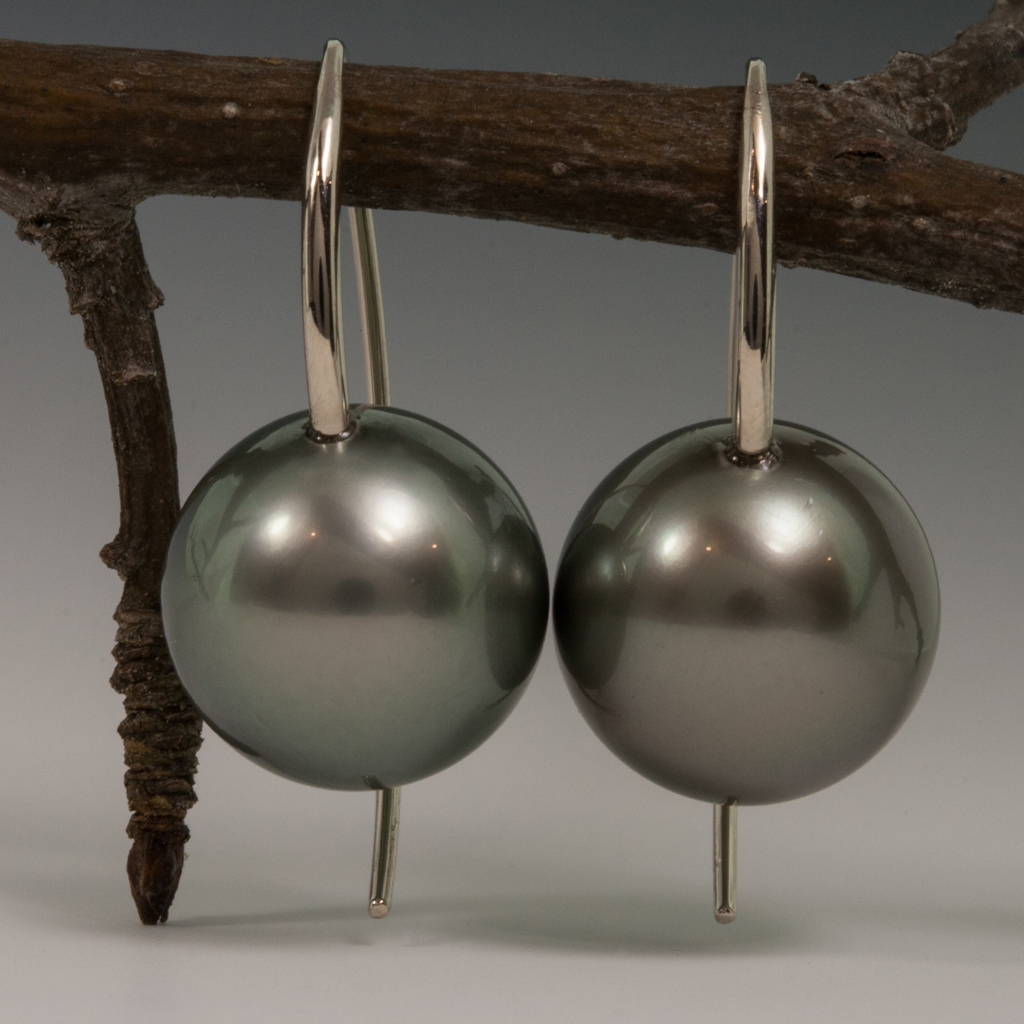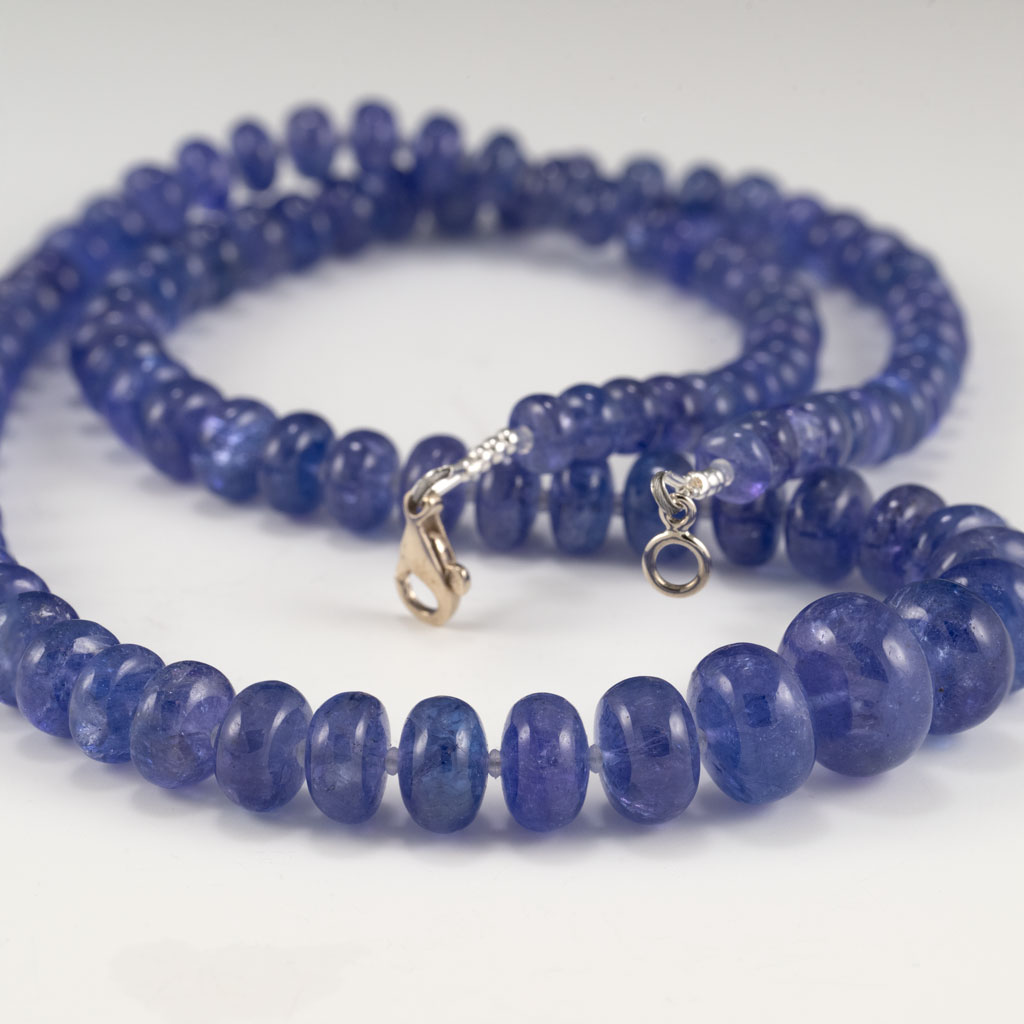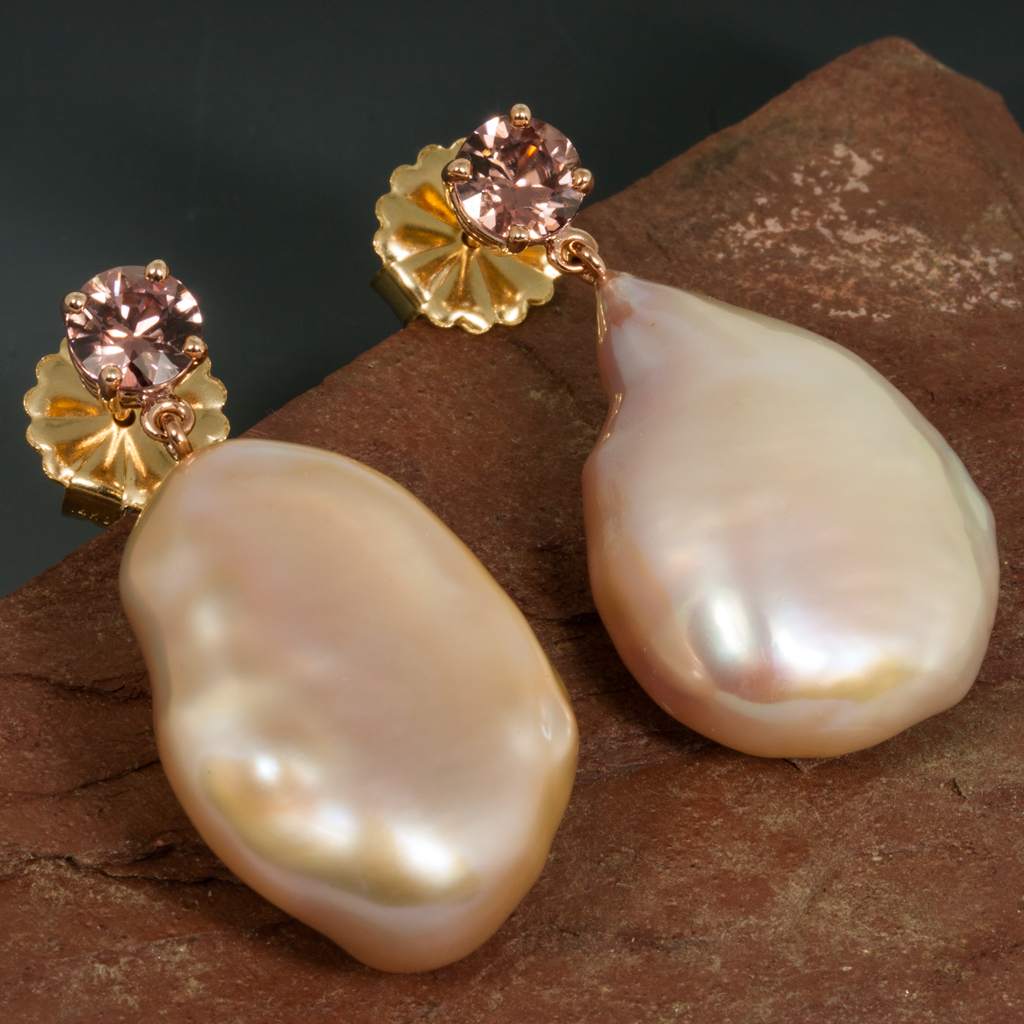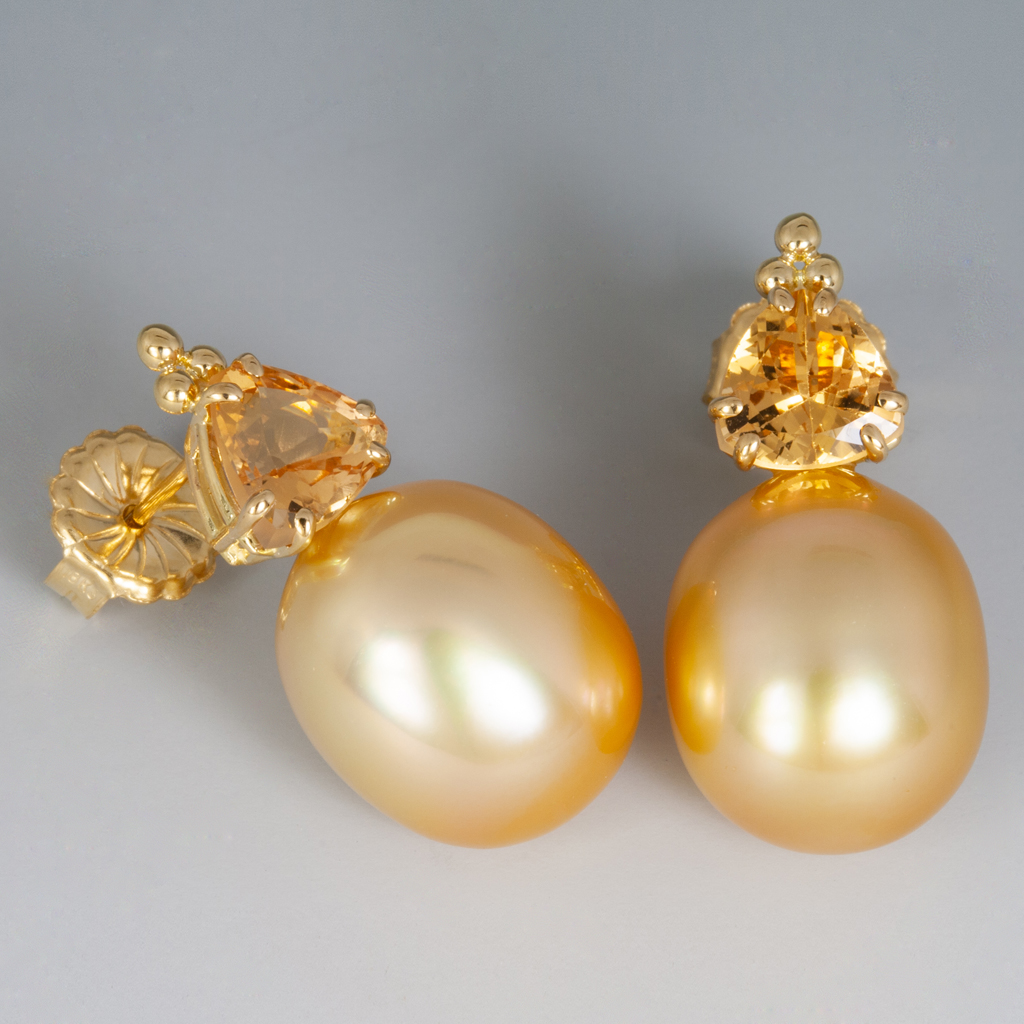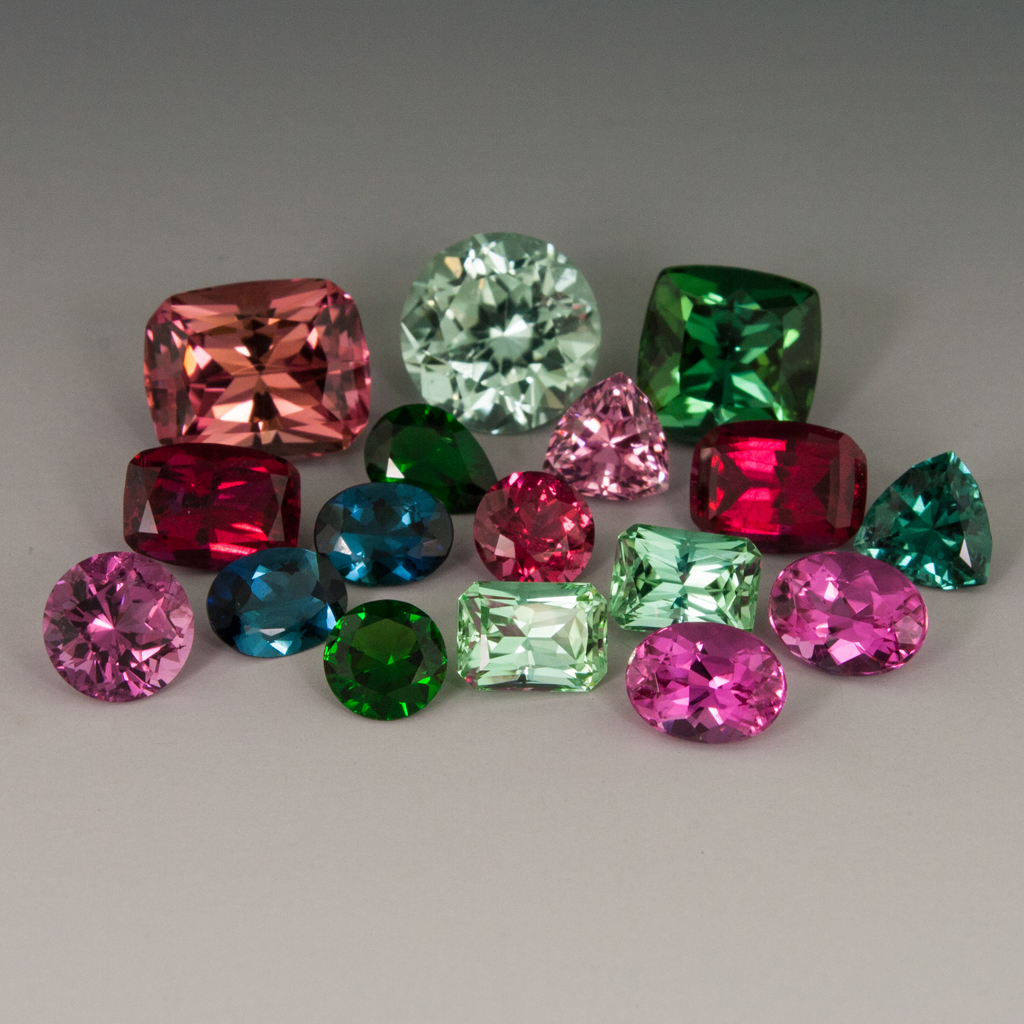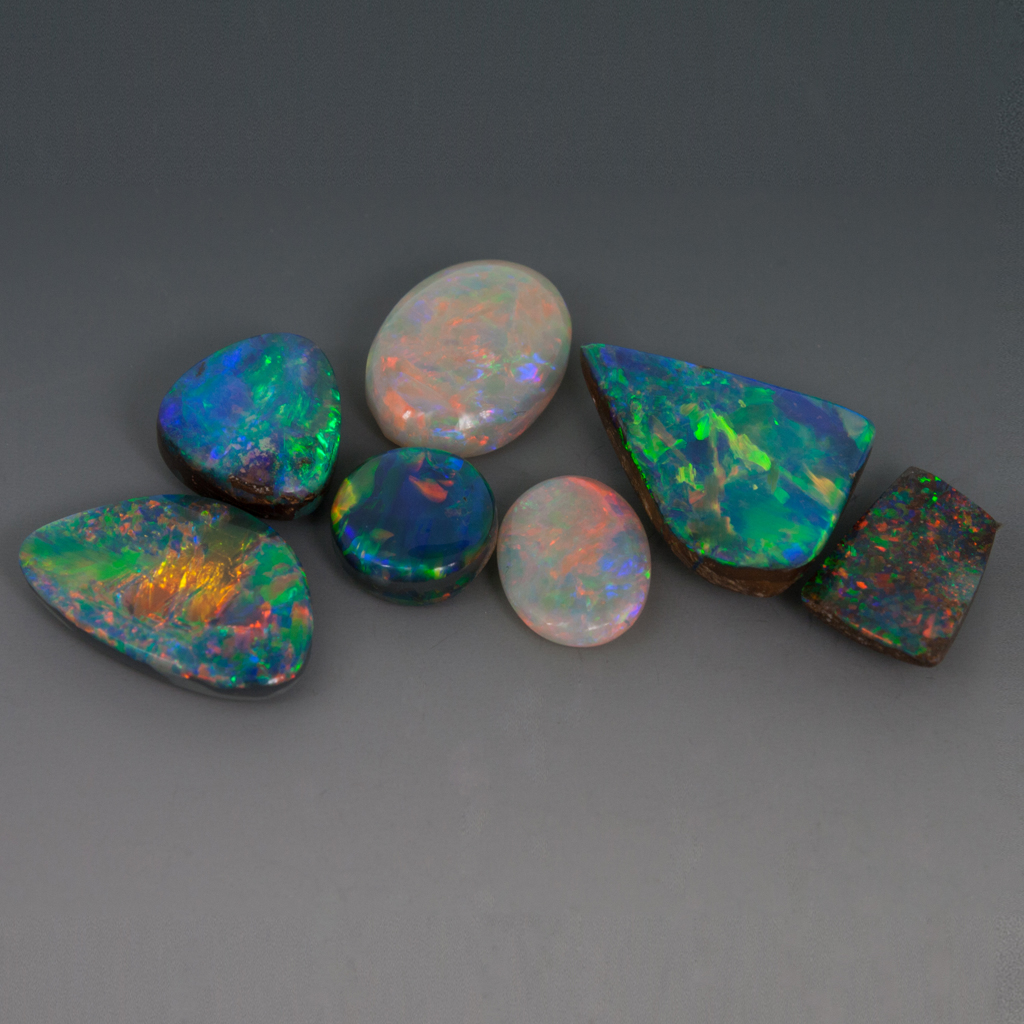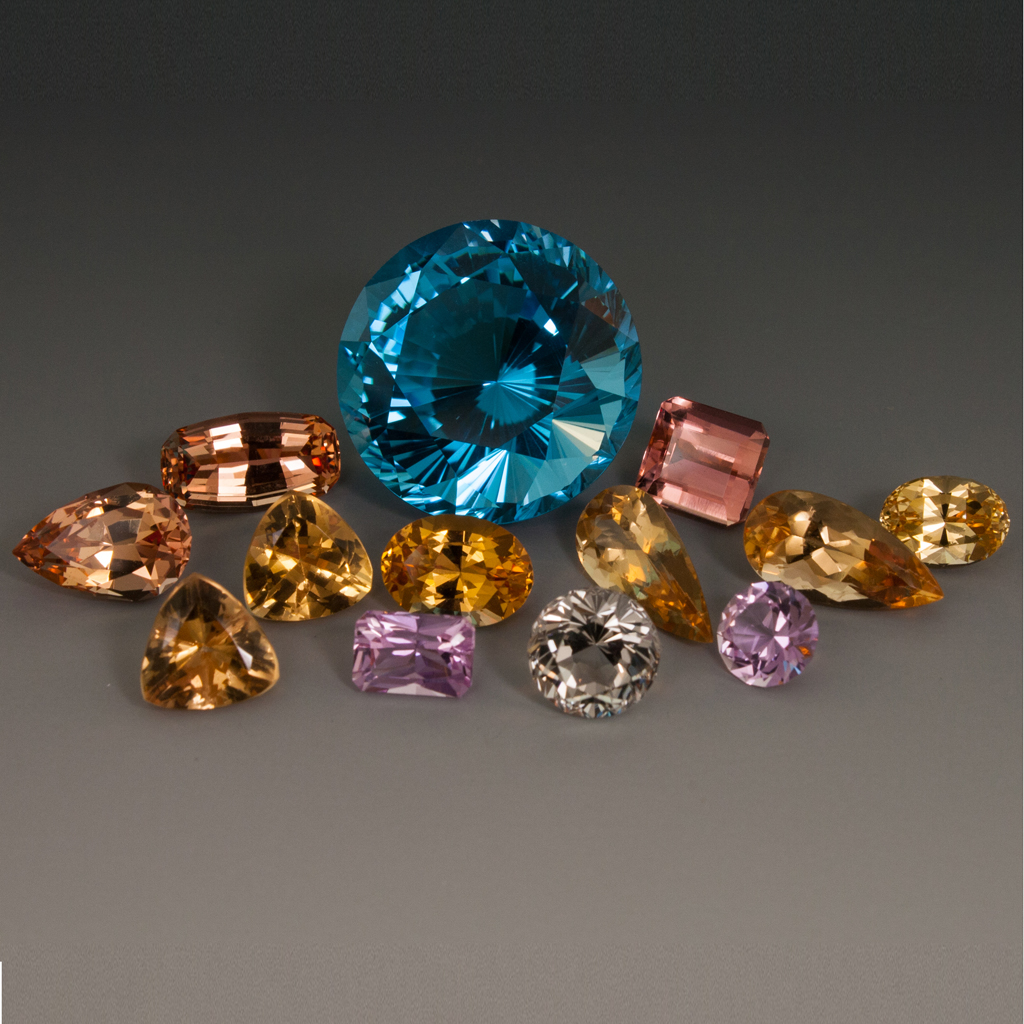
Topaz is the birthstone for November. Most Topaz crystals are colorless, however topaz crystals that are sold in jewelry stores are pink, sherry brown, or yellow, blue, gray, green, reddish pink. It’s hardness is 8 on the Mohs scale. Topaz in its natural state is a golden brown to yellow, a characteristic which means it is sometimes confused with the less valuable gemstone citrine. A variety of impurities and treatments may make topaz wine red, pale gray, reddish-orange, pale green, or pink, and opaque to translucent/transparent.
Orange topaz, also known as precious topaz, is the traditional November birthstone, the symbol of friendship, and the state gemstone of the Utah.
Imperial topaz is yellow, pink, or pink-orange. Brazilian imperial topaz can often have a bright yellow to deep golden brown hue, sometimes even violet. Many brown topazes are treated to make them bright yellow, gold, pink, or violet colored.
Blue topaz is the state gemstone of the Texas. Naturally occurring blue topaz is quite rare. Typically, colorless, gray or pale yellow and blue material is heat treated and irradiated to produce a more desired darker blue.
